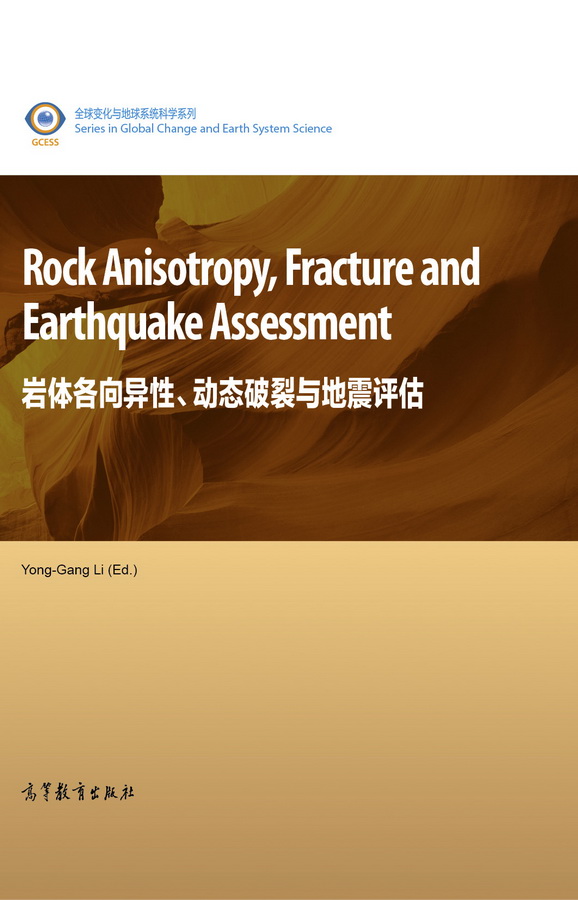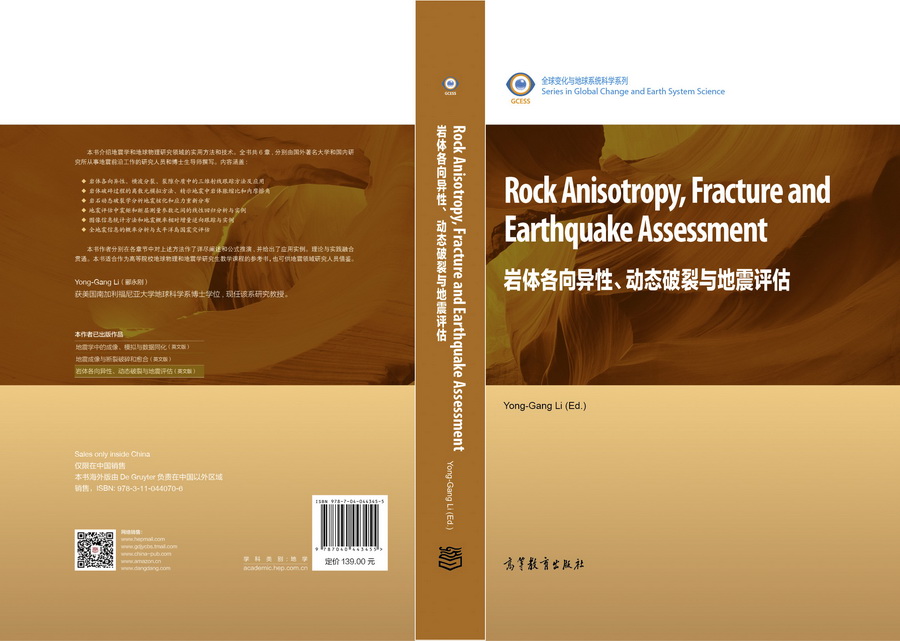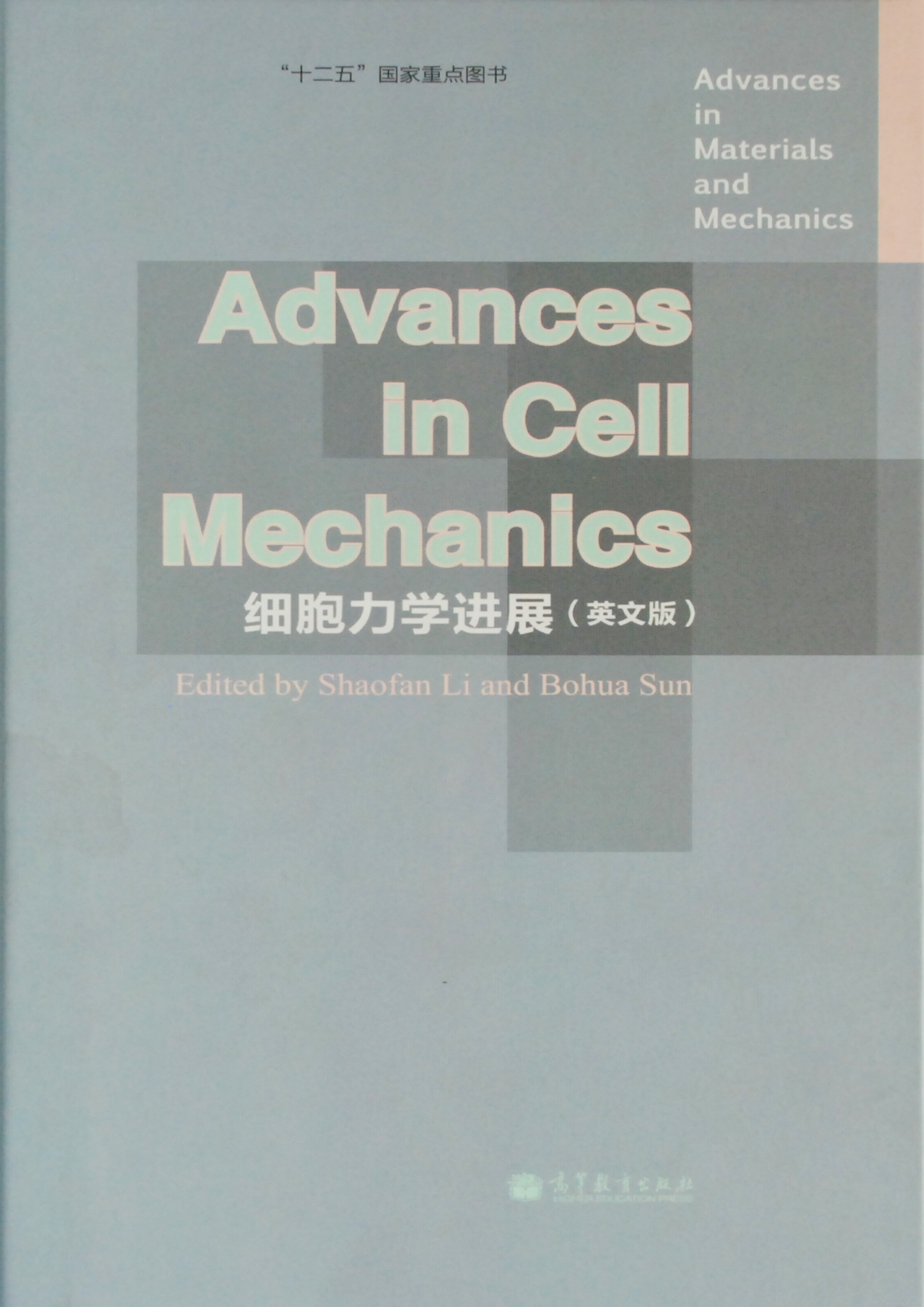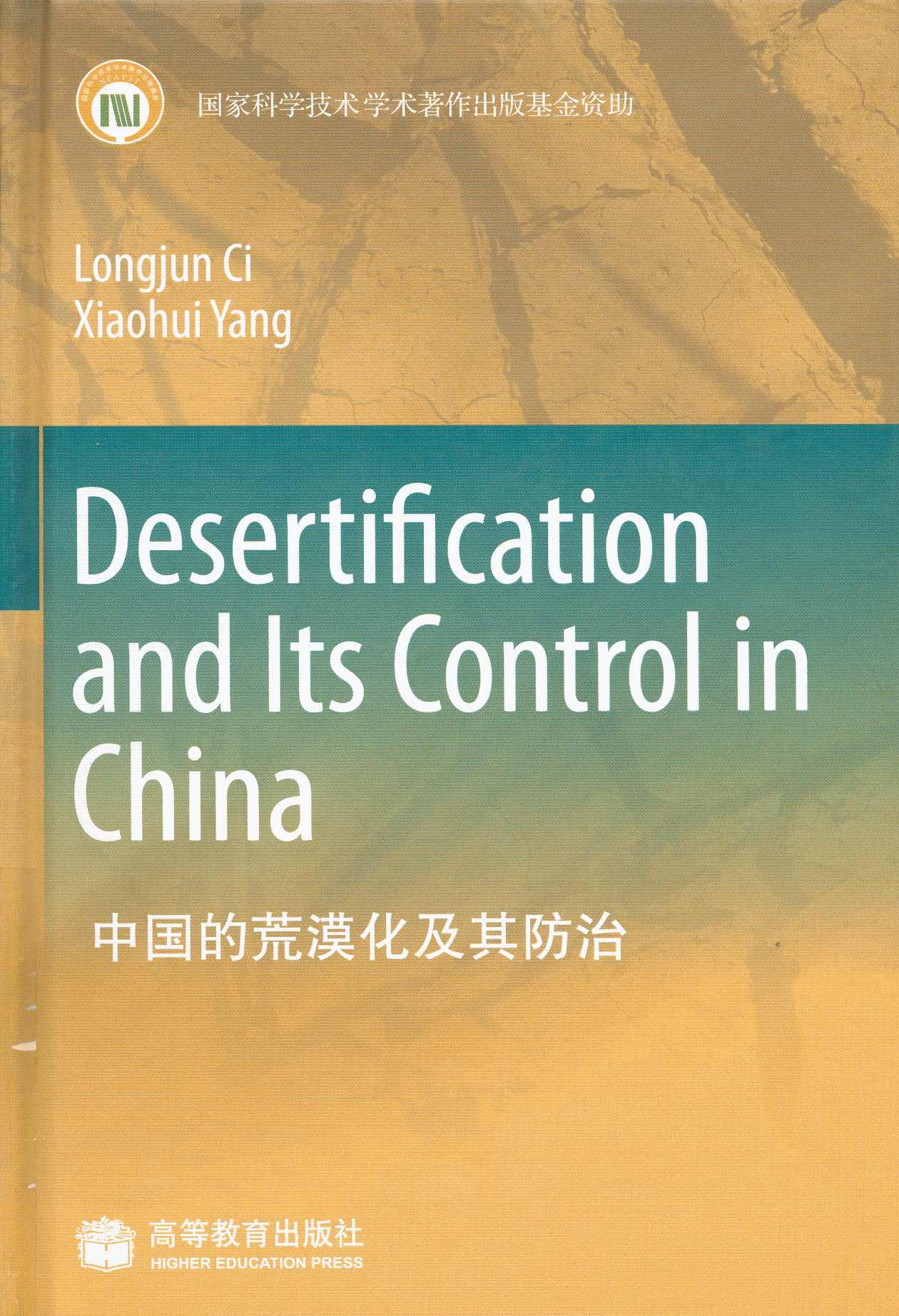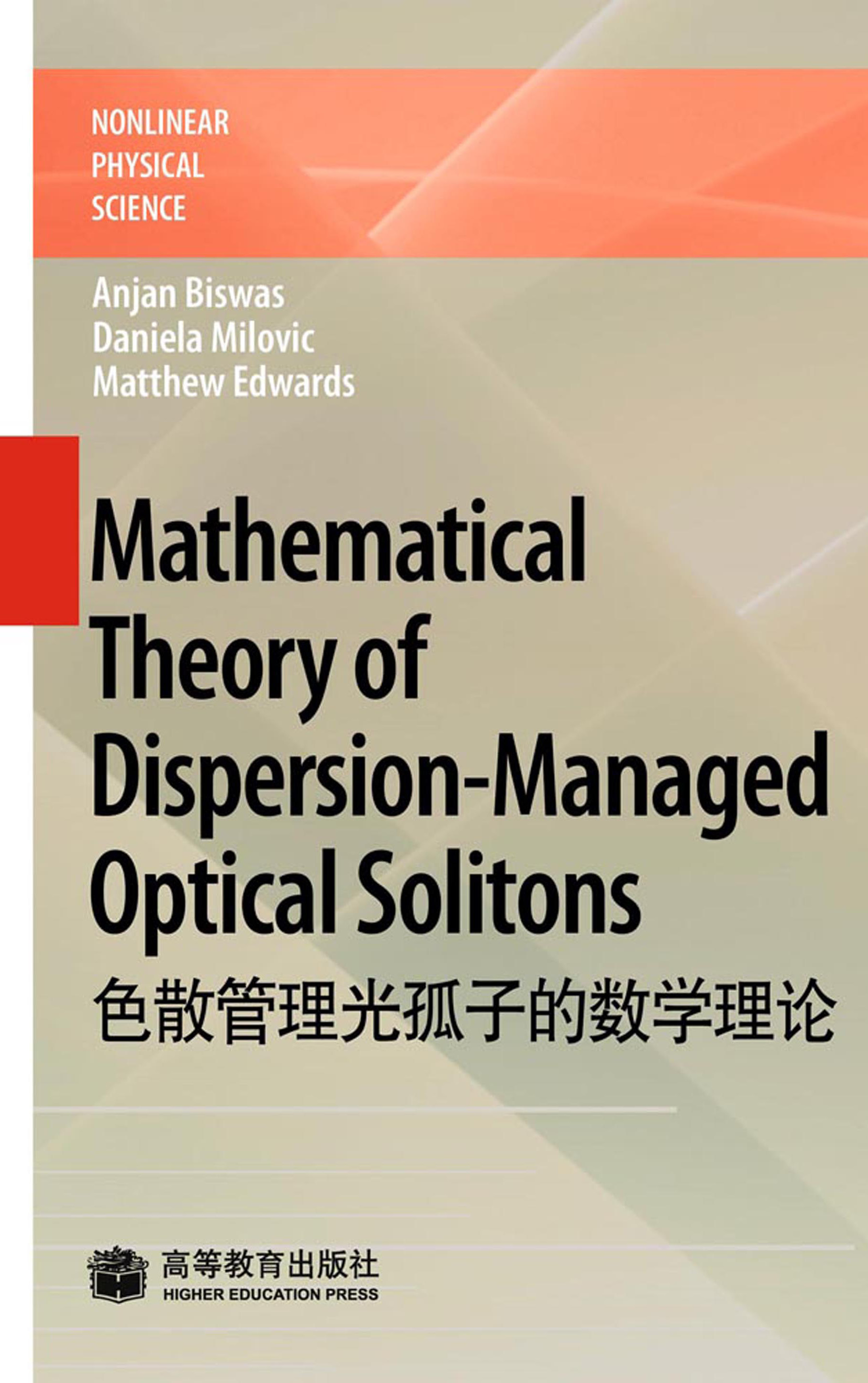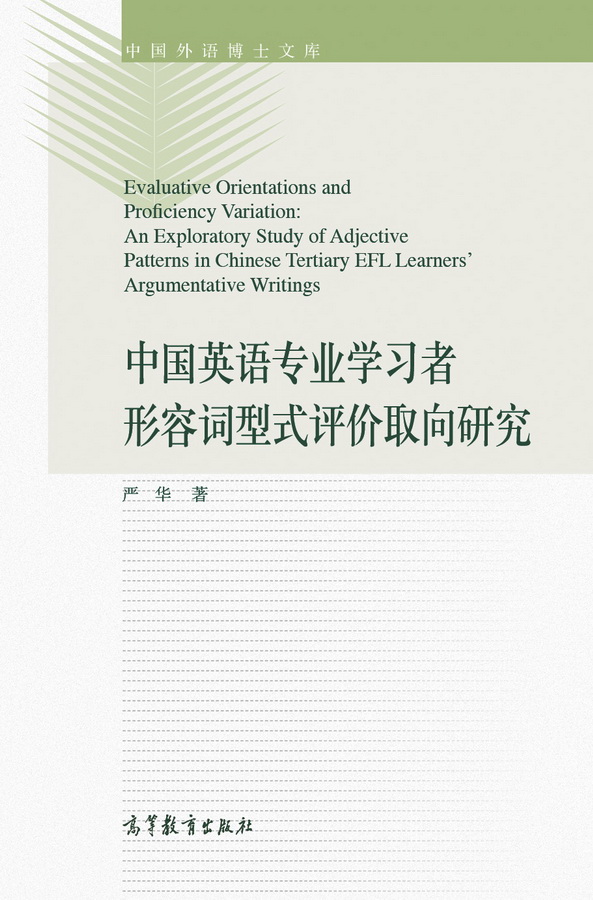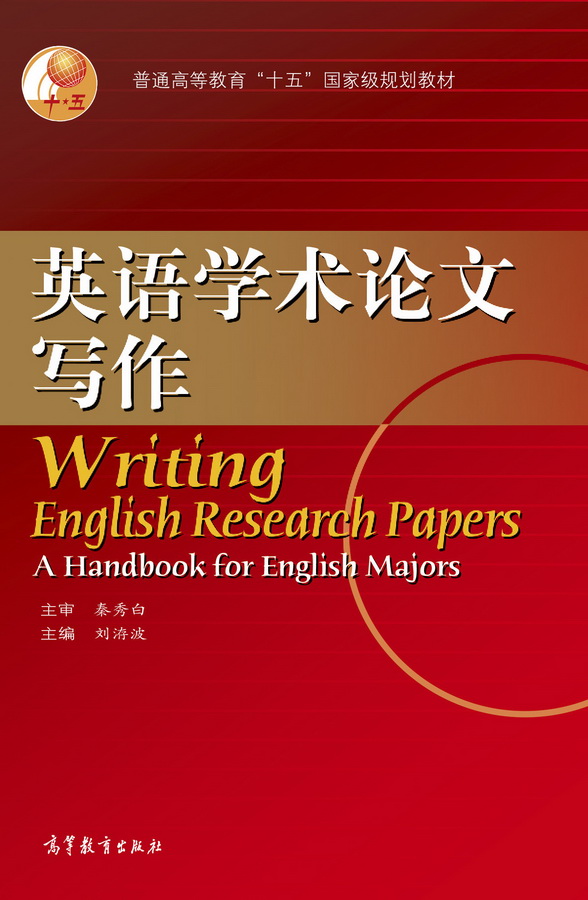岩体各向异性、动态破裂与地震评估
作者: 郦永刚
出版时间:2016-03
出版社:高等教育出版社
- 高等教育出版社
- 9787040443455
- 1版
- 71526
- 47256527-4
- 精装
- 16开
- 2016-03
- 450
- 300
- 工学
- 地质资源与地质工程
- P315
- 地质学类
- 研究生及以上
This book presents disciplines, methods and techniques for defining fractures in earth crust, the bonded discrete element method using a new fracture criterion, rock fracture mechanics for analyzing the earthquake nucleation and stress redistribution, the multiple linear regression analyses on the relationships between earthquake moment magnitude and fault measurements for hazard assessment, the pattern informatics model based on the statistical mechanics of complex systems for evaluation of earthquake probability, and a fully probabilistic earthquake hazard assessment for local seismic risk studies and building code applications.
Front Matter
Rock Anisotropy, Fracture and Earthquake Assessment
1 Seismic Wave Propagation in Anisotropic Rocks with Applications to Defining Fractures in Earth Crust
1.1 Introduction
1.2 Elastic Anisotropy of Crustal Rocks
1.2.1 Anisotropic Symmetry System
1.2.2 Transversely Isotropic Medium
1.2.3 Anisotropy of Fractured Rock
1.3 Plane Wave Propagation in Homogeneous Anisotropic Medium
1.3.1 Phase Velocities of Body Waves in Anisotropic Media
1.3.2 Group Velocities of Body Waves in Anisotropic Media
1.3.3 Body Wave Polarizations
1.4 Reflection and Refraction of Plane Waves at a Planar Boundary between Anisotropic Media
1.4.1 Slowness Surface Method
1.4.2 Reflection and Transmission Coefficients
1.5 Ray Tracing in Anisotropic Heterogeneous Media
1.5.1 Ray Series Method
1.5.2 Body-Wave Polarization
1.5.3 Geometrical Spreading and Ray Amplitudes
1.5.4 Specification of a Source and Ray Synthetic Seismogram
1.5.5 Least-Squares Inverse for Traveltime
1.6 Ray Series Modeling of SeismicWave Propagation in 3-DHeterogamous Anisotropic Media
1.6.1 The VSP Experiment at Hi Vista and Shear-Wave Splitting Observations
1.6.2 Theory
1.6.3 Traveltime and Amplitude Modeling Results
1.7 Observation and Modeling of Fault-zone Fracture Seismic Anisotropy
1.7.1 The Experiment and Data
1.7.2 Seismic Wave Traveltimes in a Heterogeneous Anisotropic Medium
1.7.3 Polarization of Plane Waves in an Aligned Fracture Anisotropic Medium
1.8 Shear Wave Splitting Observations and Implications on Stress Regimes in the Los Angeles Basin, California
1.8.1 Tectonic Significance and Geological Setting
1.8.2 The Data and Method
1.8.3 Implications from Shear Wave Splitting Observations
1.8.4 Ray Tracing
Acknowledgements
References
2 Reproducing the Realistic Compressive-tensile Strength Ratio of Rocks using Discrete Element Model
2.1 Introduction
2.2 A Brief Introduction to the ESyS-Particle
2.2.1 The Equations of Particle Motion
2.2.2 Force-displacement Laws and Calculation of Forces and Torques
2.3 The New Criterion for Bond Breakage
2.3.1 Macroscopic Failure Criterion
2.3.2 Particle Scale Failure Criterion in DEM Model
2.3.3 A New Failure Criterion for DEM
2.4 Calibration Procedures
2.4.1 Input Microscopic Parameters and the Desired Macroscopic Parameters
2.4.2 Sample Generation
2.4.3 Numerical Set-ups
2.5 Parametric Studies
2.5.1 Elastic Parameters
2.5.2 Fracture Parameters
2.6 Discussions and Conclusions
Acknowledgements
References
3 Rock Fracture under Static and Dynamic Stress
3.1 Introduction
3.2 Stress Intensity Factor and Stress Field
3.3 Coulomb-Mohr Failure Criterion
3.4 Energy Release and J-integral
3.4.1 Energy Release Rate
3.4.2 J-integral
3.5 Crack Growth
3.5.1 Maximum Hoop Stress Theory
3.5.2 Strain Energy Density Theory
3.6 Crack Growth under Dynamic Loading
3.6.1 Dynamic Crack Propagation in Rock
3.7 Cohesive Model in Rock Fracture
3.7.1 Stress Change in Slip-weakening Model
3.7.2 Relationship between Energy Release Rate G and the Parameter in Slip-weakening Model
3.8 Numeric Method for Fracture Mechanics
3.8.1 Singularity Element Method
3.8.2 Extended Finite Element Method
3.9 Discussion
Acknowledgements
References
4 Multiple Linear Regression Analyses on the Relationships among Magnitude, Rupture Length, Rupture Width,Rupture Area, and Surface Displacement
4.1 Introduction
4.2 Data
4.3 Linear Models and Computational Approach
4.4 Results
4.4.1 Simple Linear Regression Results
4.4.2 Multiple Linear Regression Results
4.4.3 Model Diagnostics
4.4.4 Comparison between Multiple Models and Simple Models
4.4.5 Model Fits on the Slip Factors
4.5 Concluding Remarks
Acknowledgements
References
5 PI Algorithm Applied to the Sichuan-Yunnan Region:A Statistical Physics Method for Intermediate-term Medium-range Earthquake Forecast in Continental China
5.1 PI Algorithm
5.1.1 Background and Basic Concepts
5.1.2 Algorithm Validation
5.1.3 Test of the Algorithm: ROC and Beyond
5.2 The Sichuan-Yunnan Region
5.2.1 Seismicity and Earthquake Catalogue
5.2.2 Tectonic Setting
5.2.3 The 2008 Wenchuan Earthquake
5.3 PI Algorithm Applied to the Sichuan-Yunnan Region
5.3.1 Parameter Setting
5.3.2 Sliding Window Retrospective Test
5.3.3 Ergodicity
5.4 Discussion and Development of PI Application
5.4.1 PI for Annual Estimate of Seismic Hazard: Useful, or Useless?
5.4.2 The 2008 Wenchuan Earthquake: Miss, or Hit?
5.4.3 Sichuan-YunnanversusAndaman-Sumatra: Separate, or Connected?
5.5 Concluding Remarks
Acknowledgements
References
6 Probabilistic Seismic Hazard Assessment for Pacific Island Countries
6.1 Introduction
6.2 Data
6.2.1 Historical Earthquake Catalogs
6.2.2 Subduction Segments, Crustal Faults and Geodetic GPS Data
6.3 Kinematic Modeling Based on GPS and Active Faults Data
6.4 Modeling the Regional Seismicity
6.5 Probabilistic Seismic Hazard Maps
6.6 Discussion
Acknowledgements
References

